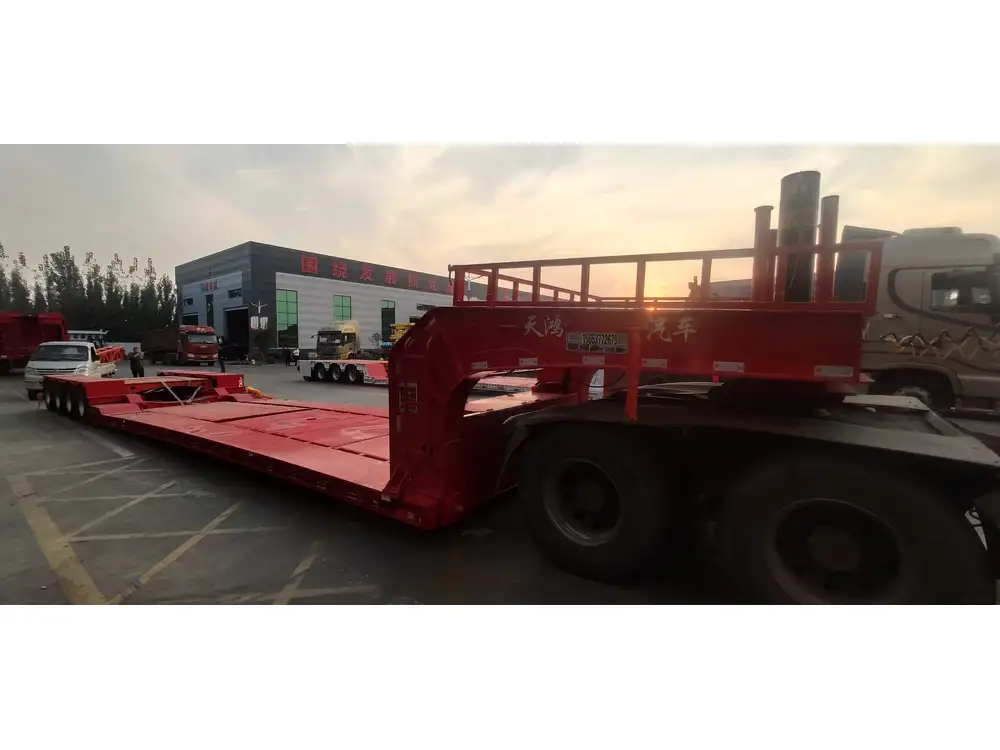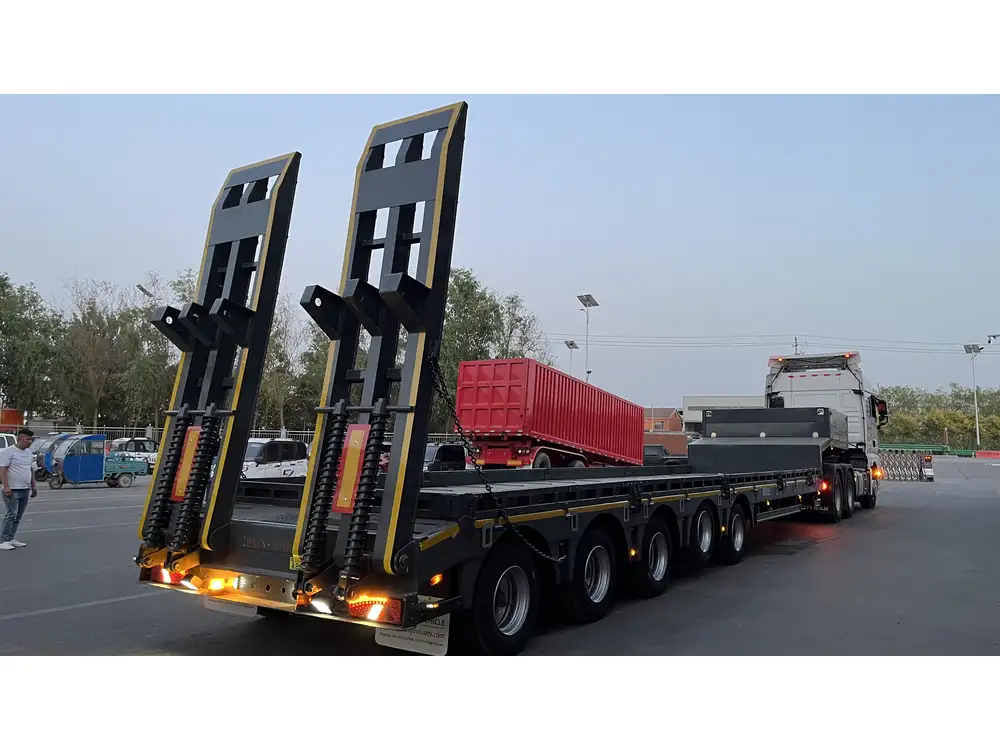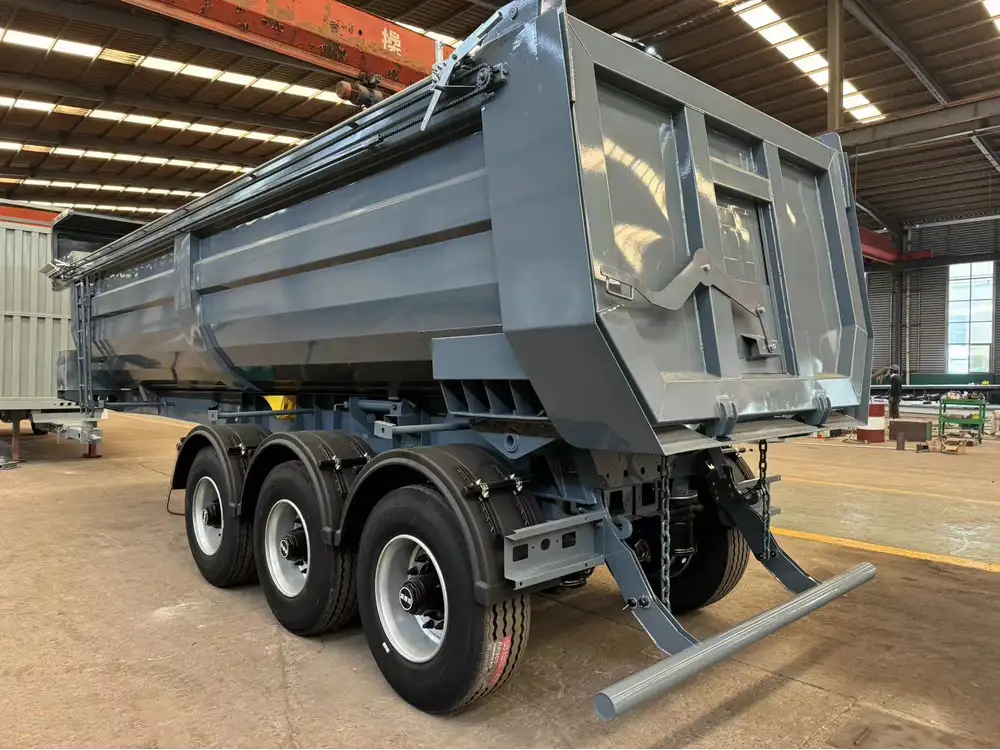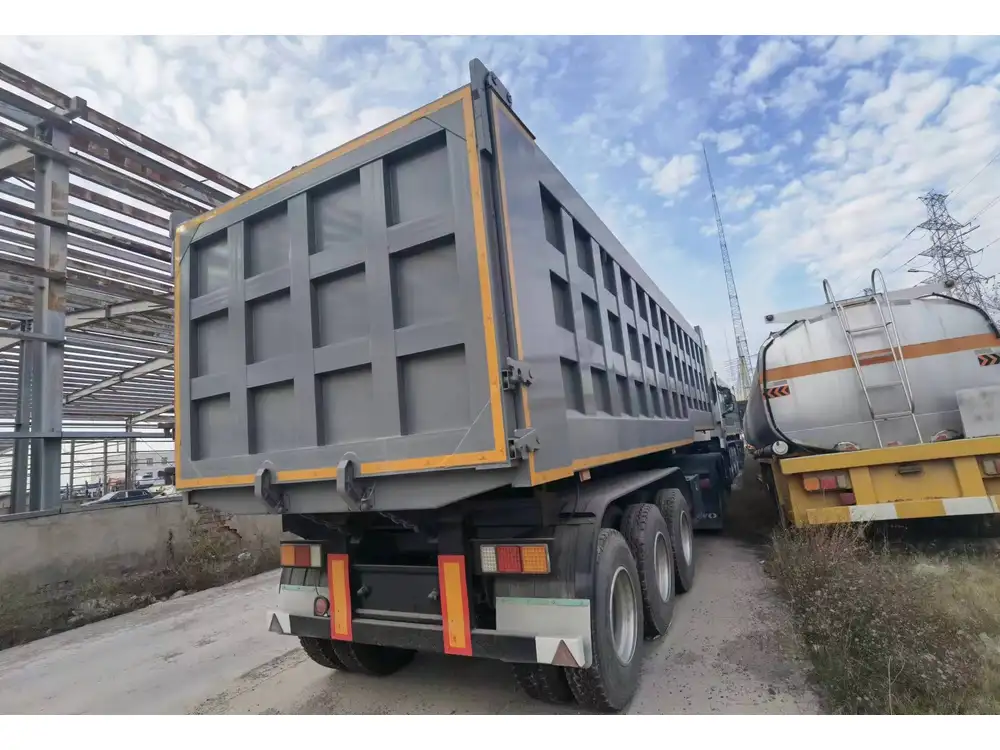The Role of Semi-Trailers in Agriculture
In agricultural logistics, semi-trailers play a pivotal role. The transportation of grains—whether they be corn, wheat, or soybeans—requires trailers with specific capacities tailored to maximize efficiency and adhere to weight regulations. This article provides a comprehensive guide to understanding how much grain a semi-trailer can hold, delving deep into the technical specifications and nuances of grain transport.
The Standard Capacities of Semi-Trailers

Typical Measurements of Semi-Trailers
Before addressing how much grain a semi-trailer can hold, it is critical to understand the standard measurements commonly used in the industry. The overall length, width, and height of a semi-trailer vary, but most traditional grain trailers feature the following specifications:
| Specification | Measurement |
|---|---|
| Length | 40 to 53 feet |
| Width | 8.5 feet |
| Height | 13.5 feet (max for most states) |
| Volume Capacity | 1,000 to 1,600 cubic feet |
Types of Semi-Trailers for Grain Transportation
The choice of semi-trailer significantly influences the volume of grain it can carry. Some common types of trailers used for this purpose include:
- Drop Deck Trailers: Often used for transporting oversized machinery, but can also be adapted for grain transport.
- Hopper Trailers: Most commonly used for grains; designed with a V-shaped interior to facilitate easy unloading.
- Flatbed Trailers: While not traditionally used for bulk grain transportation, they can carry bags or crates of pre-packaged grains.
- Tanker Trailers: Typically utilized for liquid cargo, but some are modified for transporting grain in special cases.
The hopper trailer, owing to its bulk capacity and design, is particularly favored in the grain transportation industry.
Capacity Calculations: How Much Grain Fits?

Weight and Volume Considerations
The capacity of a semi-trailer isn’t solely determined by volume; it also depends on the weight. Grains vary in density, affecting how much can be transported legally. Let’s break it down:
- Average Grain Density:
- Corn: 56 pounds per bushel
- Wheat: 60 pounds per bushel
- Soybeans: 60 pounds per bushel
Example Capacity Calculations
Hopper Trailer Example:
- Let’s assume a typical hopper trailer has a volume capacity of 1,400 cubic feet.
- Bushel Calculation:
- 1 bushel = approximately 1.25 cubic feet
- Therefore, the trailer can hold roughly 1,120 bushels of corn (1,400 / 1.25).
- Weight:
- 1,120 bushels of corn x 56 lbs = 62,720 lbs (or around 31.36 tons).
Wheat Calculation:
- If the same hopper holds wheat:
- Approx. 1,120 bushels of wheat x 60 lbs = 67,200 lbs (or around 33.6 tons).
Soybean Calculation:
- Soybeans at the same bushel count would yield:
- 1,120 bushels of soybeans x 60 lbs = 67,200 lbs (or 33.6 tons).
Key Considerations
- Federal and State Regulations: It’s crucial to be mindful of legal weight limits on highways, which can differ from state to state.
- Unloading Efficiency: The design of trailers like hoppers maximizes the unloading process, which can be a significant time-saver during harvest.

Factors Influencing Semi-Trailer Performance
Load Distribution
The way grain is loaded into a trailer affects its stability and handling on the road. Uneven weight distribution can lead to potentially dangerous situations. Here are a few strategies to ensure even load distribution:
- Center Loading: When filling the trailer, distribute the grain evenly across the width and length.
- Regular Inspection: Regularly check the trailer after loading to ensure the consistency of the load and address any shifts that may occur during transport.
Seasonal Considerations
Grain harvesting is often seasonal, affecting trailer demand and usage. Understanding peak seasons can help in planning logistics effectively. For example:
| Season | Harvested Grains |
|---|---|
| Spring | Corn and Soybeans |
| Summer | Barley and Oats |
| Fall | Wheat and other grains |

Maintenance Tips for Optimal Efficiency
To keep semi-trailers in prime condition, regular maintenance is essential. Here are key areas to focus on:
- Tire Inspection: Ensure tires are adequately inflated to handle weight.
- Brake Functionality: Regularly check the trailer brakes to ensure safe stopping power.
- Hopper Integrity: Inspect for leaks or cracks that could affect unloading.
Economic Implications of Grain Shipment
Understanding semi-trailer capacity goes beyond practical transportation. It has economic implications as well. Here’s how:
Cost-Effective Transportation
- Maximizing Load Capabilities: Selecting the right trailer based on the specific grain type can help leverage full payload capacities, reducing transportation costs per bushel.
- Fuel Efficiency: The more grain transported in one trip means fewer trips overall, which in turn decreases fuel costs and carbon emissions.

Market Dynamics
The price fluctuations of grains are influenced by various factors, including:
- Supply and Demand: Harvest yields affect market prices, which in turn dictates transportation strategies.
- Global Trade: Export processes often hinge on the efficiency of local transport methods, emphasizing the importance of trailer capacity.
Environmental Concerns in Grain Transportation
Sustainable Practices
Transportation contributes to the carbon footprint of agricultural practices. By optimizing fleet operations using semi-trailers, environmentally conscious approaches include:
- Utilization of Technologies: GPS and telemetry can aid in efficient route planning and reduce idle time.
- Investing in Eco-Friendly Equipment: Exploring options for using trailers that are constructed of lighter materials may improve fuel efficiency.

Conclusion: Importance of Understanding Semi-Trailer Capacities
The capacity of semi-trailers, especially for grain transportation, is multifaceted, encompassing technical specs, weight considerations, economic factors, and environmental impacts. Recognizing the importance of trailer types, load distribution, and maintenance can significantly enhance operational efficiency and reduce costs. Grasping these concepts is not merely about understanding how much grain fits in a trailer; it is about integrating this knowledge into a broader transportation strategy that can withstand the complexities of agriculture logistics.
By approaching grain transport with a well-rounded understanding of semi-trailer capacities, stakeholders in the agricultural industry can streamline processes, optimize costs, and ultimately contribute to more sustainable practices within the sector. Understanding these fundamentals empowers operators and decision-makers alike, ensuring that the right grain trailer is utilized for maximum effectiveness while navigating the landscape of transportation challenges with confidence.



